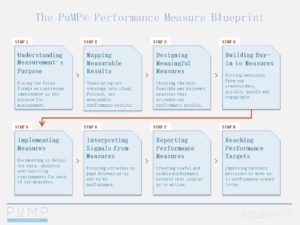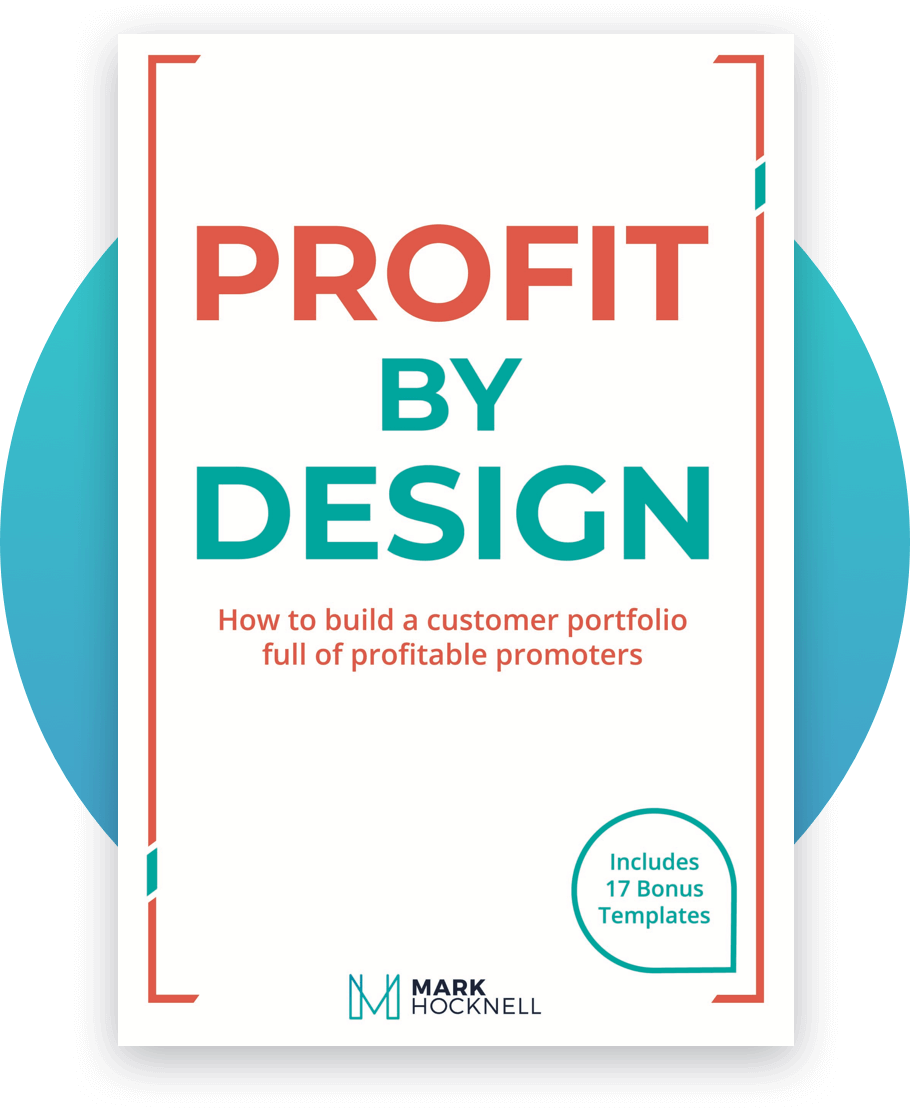KPIs are used extensively in all types of organisations. And yet there are many approaches, but very few methodologies. Learn about the criteria for a good KPI method and the performance measurement methods that work.
In a Webcast with Stacey Barr we explored what the most common approaches to KPIs are and what criteria defines a performance measurement approach that really works.
The audience were invitees from Australia and New Zealand and the enthusiastic group bombarded us with heaps of feedback and questions as went.
Research into approaches being used for KPIs
The main thrust of the presentation was to share insights from Stacey’s research, into her own mailing list to find out what approaches people and organisations were using for performance measurement and KPIs.
Those results were categorised into four categories; 1 Chaotic, 2 Ad hoc, 3 Frameworks and 4 Methodologies.
Within the first two categories we saw that people were using approaches to KPIs that had no structure or framework, it was essentially just doing KPIs by the seat of your pants.
In this area we see that leaders and managers were applying things they had seen applied before. Which realty does mean it is chaotic as there is no systematic approach.
(Have a look at this post Let’s ban KPIs)
The Frameworks category included for example, regulatory frameworks that really just provide a structure for your performance measures and targets (rather than methods to develop a measurement framework). Or structures that mandated what the KPIs should be. Additionally, the Frameworks category included the Balanced Scorecard.
Balanced Scorecard
I was involved in a Balanced Scorecard implementation in the late 1990’s in a large financial services group, and we struggled. Whilst we got the strategy side of the Balanced Scorecard, that is moving away from just financial measures. And linking activity KPIs to financial or budgetary numbers.
However, finding KPIs for each of the quadrants of the Balanced Scorecard was difficult, why?
Because we had no method to develop our KPIs, other than the ad hoc approaches we had been using.
Balanced Scorecard is not a KPI methodology, which is why the Balanced Scorecard Institute of the USA was a licensed PuMP® Partner.
Survey Results
From the survey only 11% were using a KPI methodology, either the Performance Prism or PuMP. Using a methodology is highly correlated to success with KPIs.
If you think about it, we use methodologies for most of what we do at work and in business. Such as methods for project management, change management or strategy development. But for some strange reason the development of methods for performance measurement and target setting have been left behind. Often leaving this management tool to a persons previous experience and what we have learned from others. And yet how we use performance measurement and target setting drives attributes within the culture, and either enables continuous improvement,or not. See here about the main problems with how we use KPIs.
Performance Measurement Process (PuMP)and KPIs
PuMP®, developed by Stacey Barr over many years is the only comprehensive KPI methodology Stacey and I have ever heard of, if you know of another, please let me know.
You can read more about how PuMP makes KPIs meaningful.

The Eight Steps of PuMP (the Performance Measurement Process)
The Criteria for a Method for KPIs that works
Stacey then defined the key criteria for a performance measurement methodology that works. Firstly a balance between Theory and Practice, and Whole and the Parts. Within these four domains there are eight criteria for a well design methodology for performance measures and targets:
- Necessary. Where each part is chosen and designed to replace poor performance measurement practices that don’t work.
- Founded. Each part has a consistent rationale, philosophy, or set of principles, about what good performance measures are, what purpose they serve, and how they should be used.
- Proven, where the methodology reliably produces KPIs that help achieve goals sooner and with less effort, no matter who uses the methods or in what context they use them.
- Comprehensive, where the methodology assists each step or stage in KPI development, from selection, through implementation, to use.
- Non-prescriptive, where the methodology does not prescribe the performance measures to use. But rather facilitates the user to create the KPIs appropriate to their situation.
- Useful, where the methodology improves people’s experience of creating and implementing and using KPIs.
- Practical, that is, the methodology can be learned. Then resourced, and performed as part of the routine work of strategy development, performance monitoring and improvement.
- Transparent. Limitations of the methodology or weaknesses in producing performance measures are known, openly admitted, and continually improved upon.
So, what is a KPI really? Our key performance indicators should be the ‘key’ performance measures we are focused on. There are typically two types of KPIs.
The final word has to be that it is far better to use a method for your KPIs. Just as you do for so many other approaches you use in the workplace.
For more on this topic see Stacey’s article here.
For more about KPIs and PuMP visit my page where you can download white papers for more ‘how to’ information.



